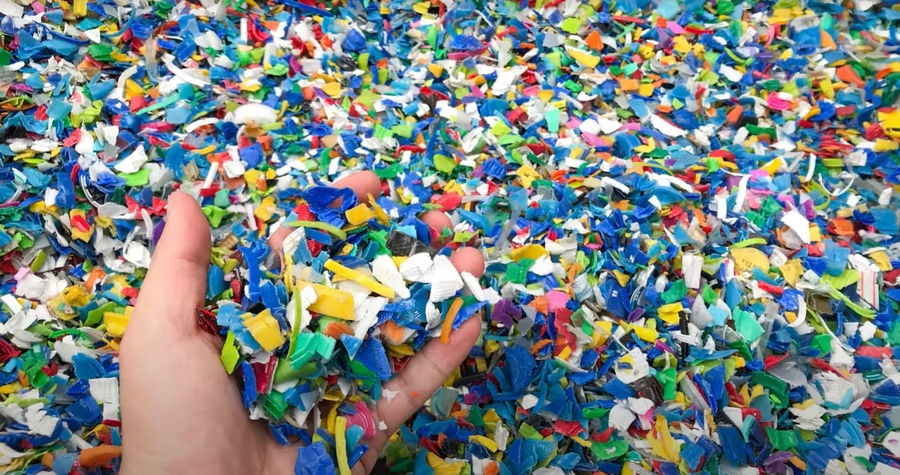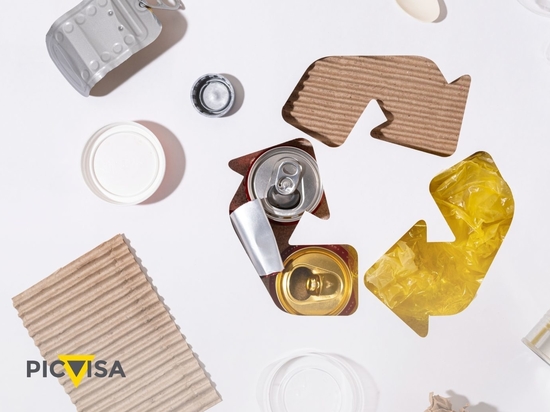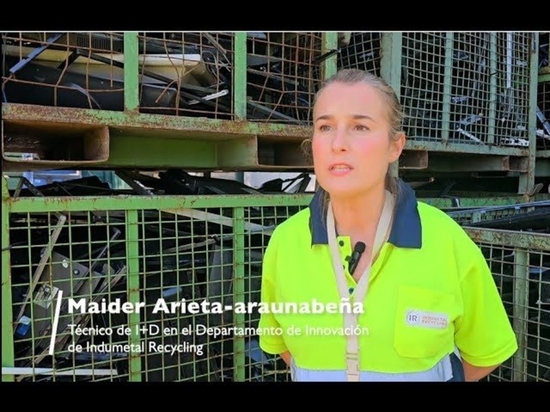
#Product Trends
FLAKE SORTING: INNOVATION IN PLASTICS RECYCLING
FLAKE SORTING: INNOVATION IN PLASTICS RECYCLING
FLAKE SORTING: INNOVATION IN PLASTICS RECYCLING
by Picvisa | Mar 16, 2023 | Plastics recycling
Plastics recycling
The proper management of plastic waste is one of the main environmental concerns of our time.
The production of plastics, its rapid consumption and its widespread dumping in the natural environment – both on land and at sea – has increased exponentially in the last 70 years. The European Investment Bank (EIB) has presented a new study analyzing the inefficiencies of the plastics value chain and its solutions. Its conclusion is that the implementation of a fully circular economy in the plastics sector is essential in the face of the increasing complexity of the underlying compounds.
Given this situation, the question is clear: how is it possible to innovate to improve the current processes of plastics recycling? And the answer too: increased investment, policy development and cutting-edge technology.
INVESTMENT AND POLICIES FOR PLASTICS RECYCLING
Countries such as Germany, Japan and Switzerland have been leaders in technological innovation in waste management and have developed advanced material sorting technologies that enable the precise separation of different types of plastics. However, beyond specific examples of countries that have decided to bet heavily on innovation in this sector, a more generalized public-private agreement is necessary to enhance the achievement of the established objectives, greater financing and the strengthening of public policies.
While funding for projects to address plastic pollution has increased in recent years, there is still a significant gap to close. Sources of financing such as multilateral banks, the private sector and impact funds are frontline actors on this global scene. However, there is a need for greater coordination between donors and projects, and better measurement of project impact.
With regard to different types of policies, clear progress can also be seen, such as bans on single-use plastics, taxes on plastics and incentive programs for the circular economy. However, this highlights the need to involve stakeholders (governments, businesses, consumers, non-governmental organizations, financial institutions, etc.) and to monitor the implementation and impact of policies.
In the global context, the European Union is performing comparatively well in the fight against plastic waste pollution and has set ambitious targets within the framework of the European Plastics Strategy. However, in terms of financing, there is still an estimated investment gap of between €6.7 billion and €8.6 billion to reach Europe’s promised target of marketing 10 million tonnes of recycled plastics in final products each year by 2025.
FLAKE CLASSIFICATION: SEPARATION AND PURIFICATION OF SHREDDED PLASTICS
To the question: Why is the precise separation of the different types of plastic important?
The answer is simple: not all plastics are created equal. In other posts we have already talked about the different types of plastics, such as PET, HDPE or PVC, and that they have different physical and chemical characteristics. And, on the other hand, we have talked about the different solutions that exist for recycling and for the improvement of the recycling process in the plants.
So today we want to focus on addressing a really key aspect on the road to achieving total circularity in the sector: the recycling of plastic flakes.
Flakes are the result of shredding plastic packaging. These containers that have already been classified before being crushed in the recycling plant, still have elements such as caps, labels etc. with different compositions and / or colors. It is necessary to properly purify the plastic flakes before the final recycling process, so we ensure that the material meets the necessary quality conditions to be reused.
flake sorting
OPTICAL SEPARATION: CUTTING-EDGE TECHNOLOGY FOR RECYCLING PLASTIC FLAKES
Automated material sorting technology is key in waste management. And, specifically in this area, optical separation technology is particularly relevant. This technology allows the precise separation of plastic flakes according to their composition and color, allowing their recycling more efficiently.
In addition, the use of optical separators also makes it possible to separate the different types of plastic according to their density, which further increases the efficiency of the recycling process. Coupled with the latest generation of software and high-resolution RGB CMOS cameras, the result is high-precision separation by color or transparency across a wide variety of materials.
PICVISA: LEADER IN PLASTIC WASTE SORTING TECHNOLOGY
PICVISA is clear that its purpose is “To offer innovative technological solutions to accelerate the global transition towards the circular economy” and as far as the recycling of plastics is concerned, this is materialized in a new product line: the ECOFLAKE specially designed to separate and purify shredded plastics. This equipment is installed in recycling plants that receive plastic bales (separated in light packaging and MSW plants) just at the end of the process, to perform color and/or material purification.
This optical separator is equipped with the previously mentioned high-resolution RGB CMOS cameras and software that allows high-precision separation. The inspection of the material is carried out on a horizontal conveyor belt, so that the separation is better, more stable and uniform. These spacers are equipped with automatic backlighting using LEDs, which allows a better view of the cameras.
With this addition to its catalog, PICVISA expands its portfolio of automated applications in the recoverable materials, adding the ability to separate and purify shredded plastics. PICVISA’s ECOFLAKE optical separator is a key tool in waste management, which will allow a more effective separation and greater recovery of materials.
We will follow up close the work of the other actors in the ecosystem to be able to create synergies and implement this type of solutions on a large scale with the aim of achieving a fully circular economy.




